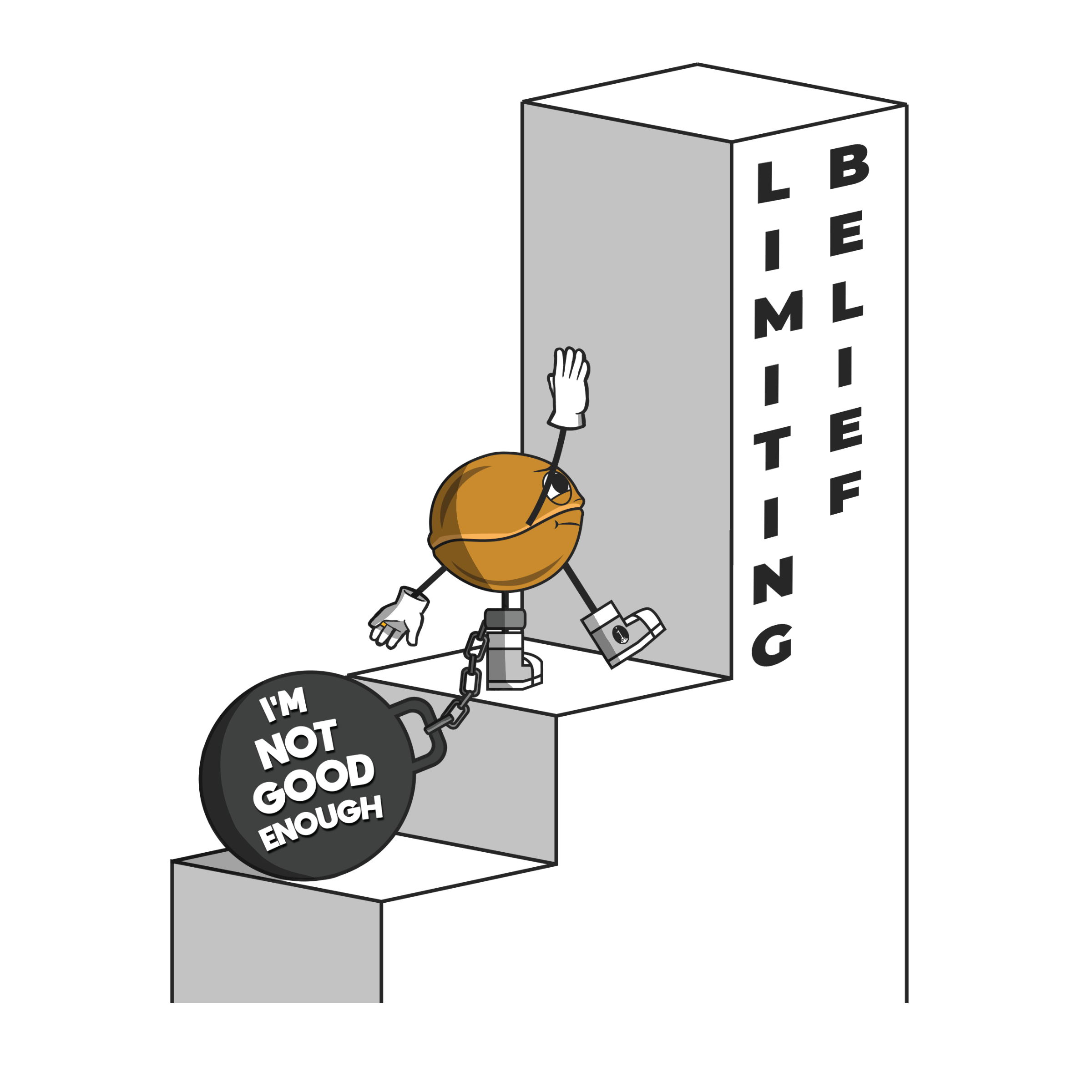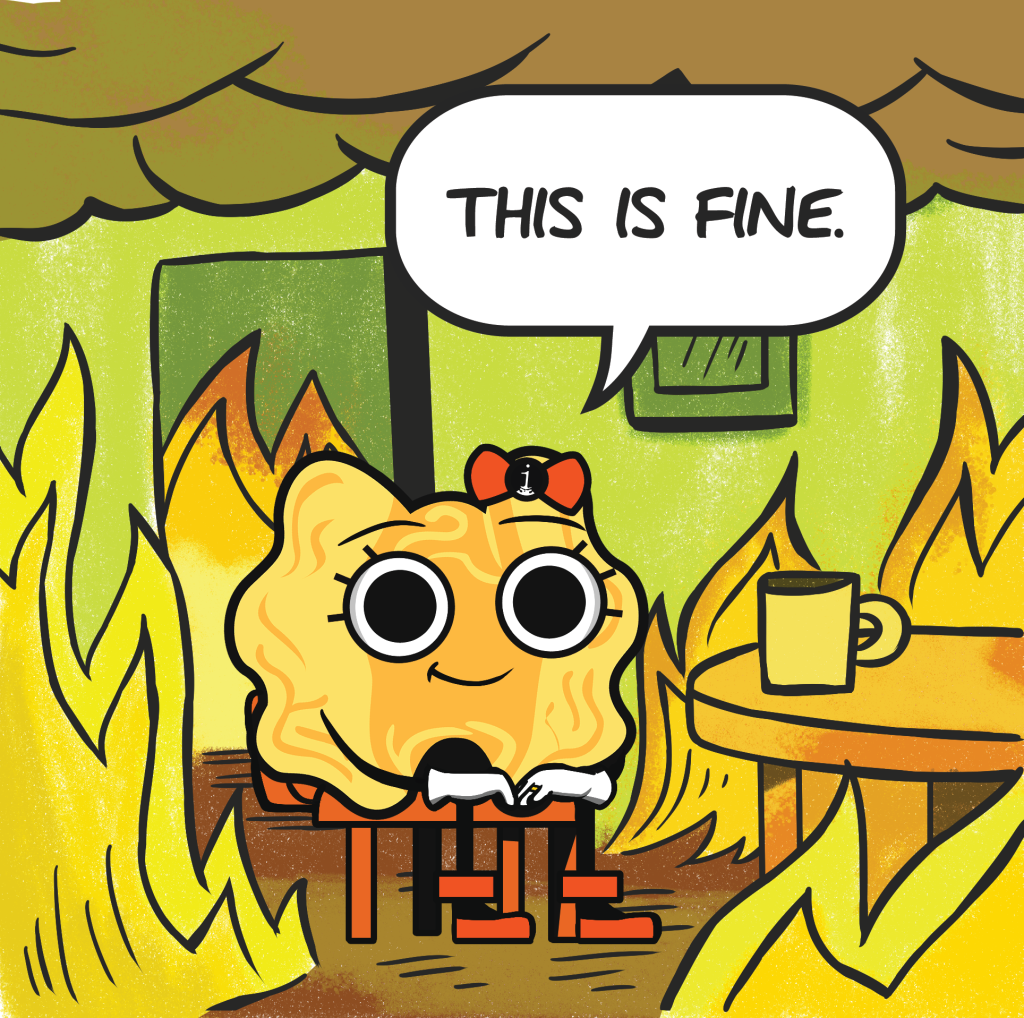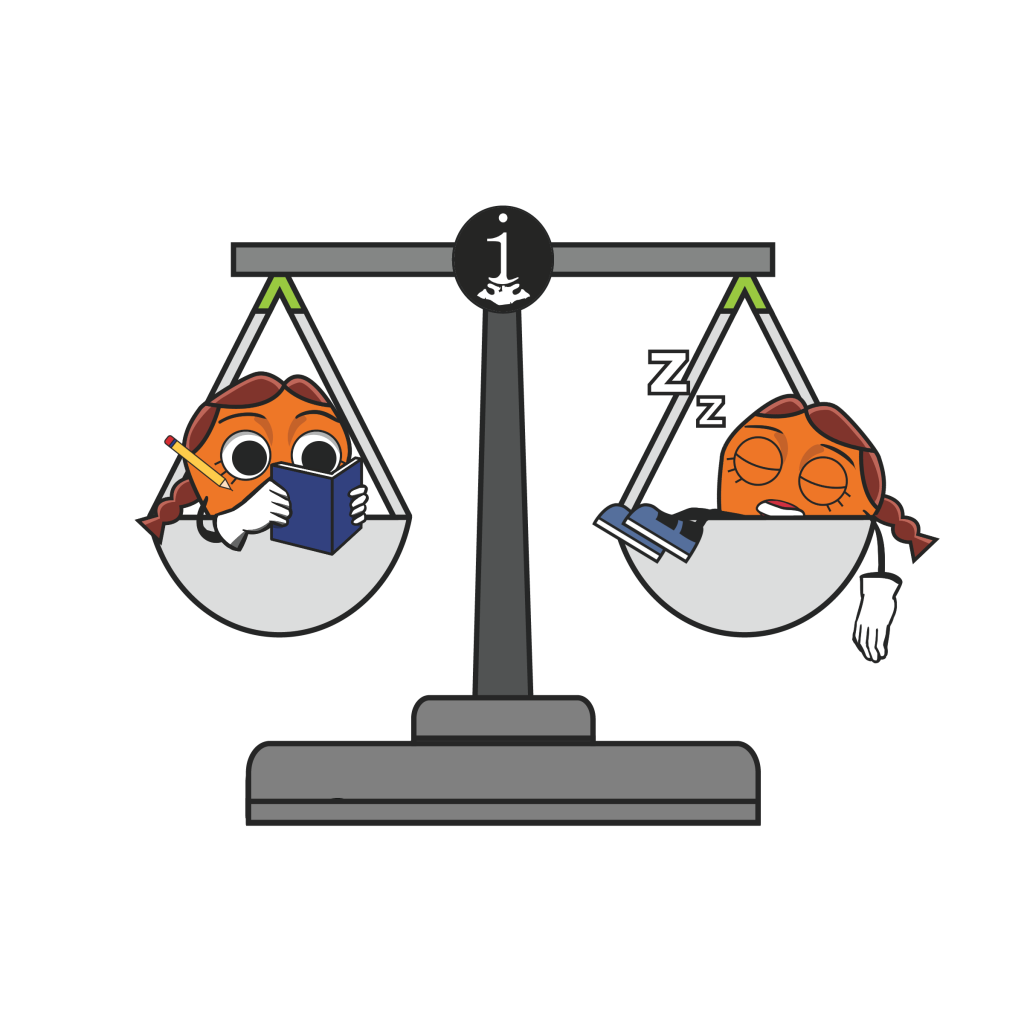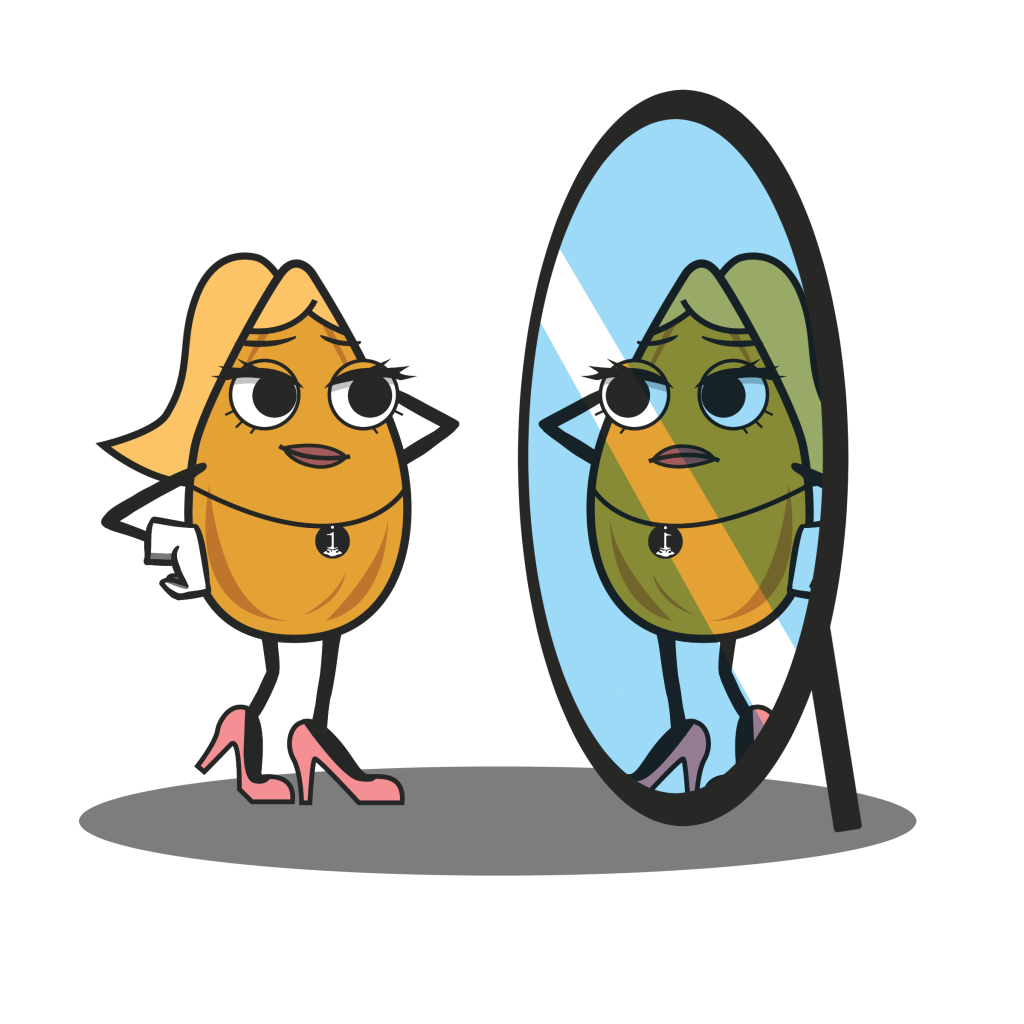Table of Contents
ToggleLimiting Beliefs are beliefs that we hold about ourselves and the world that become part of our identity.
These beliefs begin to form in our early childhood experiences (especially within those Non-Nurturing Elements discussed during our last Shift 101 segment) and often they really can begin to make us feel as though we are chained into our lives with no way out. We hold limiting beliefs such as “I’m not good enough” “I’m not in control” or “I’m going to be abandoned.”, etc. In addition to a few more terms we are going to discuss in our upcoming posts.

Limiting Beliefs become very strong and hard to change and end up shaping a lot of our behaviours, thoughts, and feelings.
Limiting beliefs are self-imposed constraints that prevent individuals from reaching their full potential. They are the internalized convictions we hold about ourselves, others, and the world around us. Examples of limiting beliefs could be: “I am not good enough,” “I cannot succeed,” “People don’t like me,” or “The world is against me.” These beliefs not only shape our self-perception but also our behaviours, choices, and overall life outcomes. Therefore, tackling limiting beliefs is crucial in any therapeutic approach.
In the therapeutic context, limiting beliefs are often at the root of various emotional and behavioural issues.
When left unaddressed, they can hinder the therapy process and act as barriers to personal growth and well-being. The relationship between limiting beliefs and therapy is complex, as these beliefs frequently underlie the very issues that clients bring into the therapeutic setting.
Many therapeutic approaches aim to identify and challenge these self-defeating beliefs. Cognitive Behavioural Therapy (CBT), for instance, posits that our thoughts directly influence our emotions and behaviours. Therefore, by changing our thought patterns, we can alter how we feel and behave. CBT therapists guide clients to identify their limiting beliefs, challenge their validity, and replace them with more constructive, reality-based thoughts.
Similarly, Acceptance and Commitment Therapy (ACT) encourages clients to identify your limiting beliefs and accept them without judgment. The objective is not to change or eliminate these thoughts but to alter our relationship with them. By recognizing that these are merely thoughts and not concrete facts, individuals can commit to actions aligned with their values rather than their limiting beliefs.
Limiting beliefs can also be addressed through approaches like Narrative Therapy, which emphasizes the stories individuals tell about their lives. These stories often include limiting beliefs; by deconstructing and re-authoring these narratives, clients can rewrite their life stories in empowering ways, free from the constraints of their limiting beliefs.
Psychoanalytic or psycho-dynamic therapies view limiting beliefs as unconscious defences or unresolved conflicts from the past. Through exploratory conversations, the therapist helps the client to bring these hidden beliefs to light, understand their origin, and work through the emotions attached to them. This heightened self-awareness can lead to lasting changes in self-perception and behaviour.
Limiting beliefs are pervasive and can be deeply ingrained, making them challenging to overcome.
However, therapeutic interventions offer a structured and supportive environment to explore these beliefs and understand their impact on our lives. Regardless of the therapeutic approach, the ultimate goal is to empower individuals to recognize and challenge their limiting beliefs, fostering a sense of agency and paving the way for positive change. Through therapy, individuals can transform their limiting beliefs into liberating beliefs, promoting greater well-being and fulfillment.
Further, techniques like mindfulness and meditation, often incorporated into therapeutic practices, can help individuals observe their thought patterns, including limiting beliefs, without judgment but also. have their own limits because many limiters are non-cognitive and thus cannot be targeted effectively with cognitive techniques. This enhanced self-awareness can be a powerful tool for transformation. Ultimately, addressing and challenging limiting beliefs through therapy can initiate a journey of self-discovery, personal growth, and improved mental health. By shedding the weight of these self-imposed constraints, individuals can begin to embrace their true potential and live more fulfilling lives.
Shift 101 – Learn the Shift Language
We don’t want to be throwing jargon at you but it’s essential that you have a basic understanding of some of these concepts.






